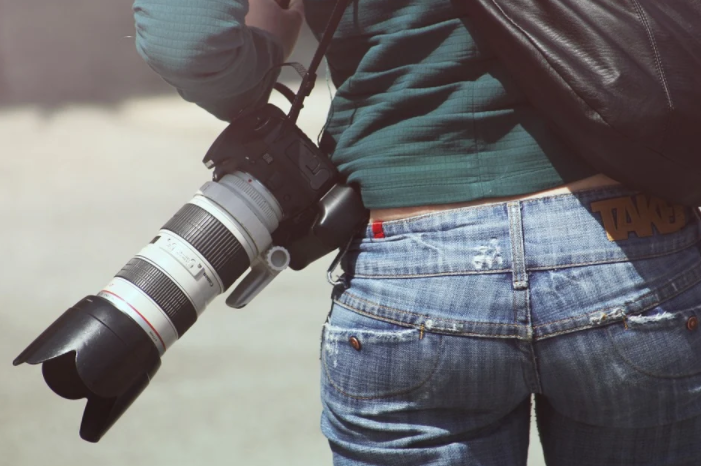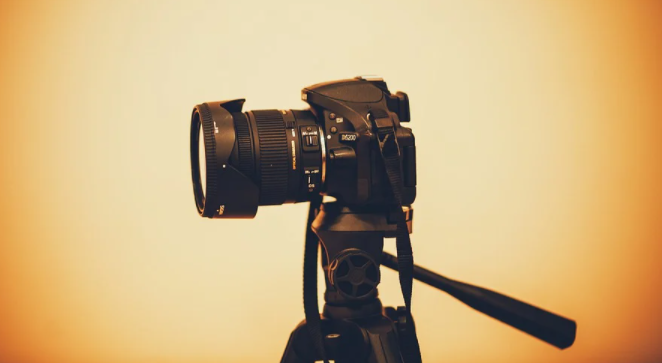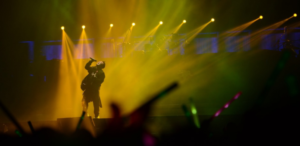
Simple Photography Gear for Music Photography
Every kind of photography has their own set of techniques, challenges, and gear. For example, a long-range photoshoot needs a model, zoom lens, tripod, and spare batteries. Aside from that, a long range photoshoot with a model needs the best walkie-talkie from talkiespy.com as the photographer needs to talk to the model and other crews for a better shot. However, when it comes to music or concert photography, you need to consider the themes in motion, the light condition in the area, and gears to adapt to the changing lighting needs. Situations like these happen all the time, and you need to make sure to take good pictures at concerts with the perfect equipment. Here is my suggestion for concert photography gear, which I learned from professionals tested in over 30 countries in different configurations, including clubs, festival stages, and arenas.

Canon 5D Mk IV as the Camera Body
A full-frame camera is the best camera features you should use for concert photography. This feature can only be found in a professional full-frame camera. Canon 5d Mark IV is the best camera that offers these amazing features. As you would expect, Canon, along with the 5D Mark IV, offers excellent image quality. Images are sharp, and colors are beautifully saturated. Sam is convinced that shots are taken regularly at 3200 ISO (if desired). This ISO feature offers flexibility for your additional settings.
Sigma 15mm F/2.8 Lens as the Ultra-Wide Lens
 From the first additions you want to make to your range of concert photography lenses, an ultra-wide lens is the best option here. Many photographers prefer to choose them, as they are suitable for shots for the general public. These wide-angle shots show how large the website or series is, which is valuable to most customers. Sam, a professional concert photographer, has thought long and hard about a purchase. Although the effect it creates is limiting, I suspected it would be fascinating for certain events.
From the first additions you want to make to your range of concert photography lenses, an ultra-wide lens is the best option here. Many photographers prefer to choose them, as they are suitable for shots for the general public. These wide-angle shots show how large the website or series is, which is valuable to most customers. Sam, a professional concert photographer, has thought long and hard about a purchase. Although the effect it creates is limiting, I suspected it would be fascinating for certain events.
Sigma 15mm F/2.8 is his professional preference. The lens creates a distortion effect that gives it a new creative perspective. The minimum focusing distance allows you to get very close to the subject, making the fish-eye effect obvious. It gives your subjects those protruding eyes and faces that I’ve always liked in fisheye photography. And in a concert photography situation, it provides excellent all-weather photos and bright exposure.
Canon 24-70mm F/2.8 as the Standard Lens
The Canon 24-70mm F/2.8 II is intended to be the perfect lenses for professional photographers, who must offer the best possible advantages under the most diverse conditions. One feature that the lens does not offer, however, is image stabilization. Canon suggests that image stabilization would require a significant compromise in terms of image size or quality. The result is a fascinating contrast with the Tamron SP 24-70mm F/2.8 of VC USD G2, which was declared more or less at the same time and contained an image detail for a lens with almost the same size, much cheaper.
Speedlite 430EX III-RT as the Lighting
The Speedlite 430EX III-RT is an entry-level Speedlite for all photographers who need a future-proof flash. It is simple enough for a beginner and has enough features for advanced flash photography with many Speedlites. Compact in size yet large in scope, the Speedlight also has easy maintenance features that could improve contrast, color temperature, brightness, contrast, and lighting care for a more natural-looking image. The Speedlite 600EX II-RT can be recycled incredibly fast and is very robust. The downside is its large size and low weight. The 430EX III-RT is slightly smaller and about 100 g lighter. This flash will be the perfect Canon accessory for its purchase price.
By Ana Frazier
- 30, Nov, 2020
- 0 Comments
